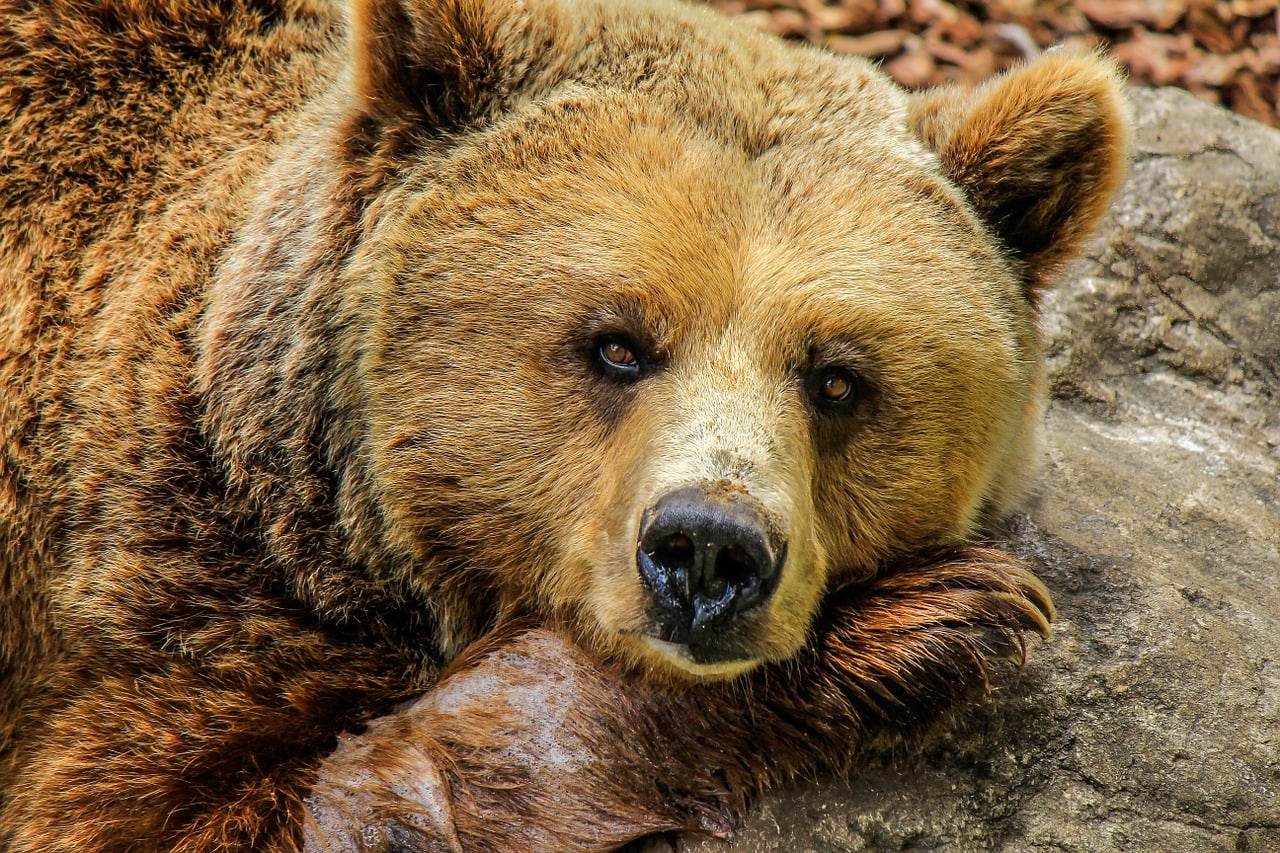Hunting has influenced brown bear mothers to interact with their cubs more and spend a lot more time with them, scientists have observed. Bears are often tracked animals and scientists have observed the way they have adapted to new life conditions to avoid being hunted. The hunting policy has influenced Scandinavian brown bears in changing their behavior.
The findings were noted in the journal Nature Communications. The study notes that Scandinavian brown bears have changed their behavior as a result of the ban on hunting family groups. If a mother bear is with her cubs, she is protected. As a result of this, it seems, a larger number of mother bears are staying with their young for a longer time, up to a year longer. Normally they stay with their cubs for 1.5 years, but many are now staying together for 2.5 years. Also, the study suggests that this change has been progressing throughout the last 15 to 20 years.
The study found that there has been a 30% increase in the number of Scandinavian brown bear motherss caring for their cubs an additional year. Researchers noted that the increase took place since 2005, the author of the study, Fanie Pelletier noted.
“Generally, the cubs have followed their mother for a year and a half,” Professor Jon Swenson from the Norwegian University of Life Sciences (NMBU) said in a press release. “Only rarely have we observed them to follow her for two and a half years.”
However, in the years between 2005 to 2015 the number of Scandinavian brown bear mothers that stayed longer with their cubs increased from 7% to 36%. The study records roughly 300 bears being shot every year between 2010 and 2014.
This seems to have made mother bears develop a new strategy which includes spending an extra year with their cubs to provide optimal protection from hunters for them and their cubs. That way they can live much safer, although this kind of lifestyle also carries some negative consequences which impact the whole bear population that resides in the area.
Female bears that spend an extra year with their cubs are going to engage in mating much less often compared to the bears that don’t. The number of cubs produced and born in the lifetime of a single female mother will reduce, which also results in less brown bears in that area.
However, the results are obvious. The study sheds light on how female brown bears take care of their cubs and raise them, which leads to an overall increased lifespan for the female bear.
Scientists have carefully kept an eye on Scandinavian brown bears since 1984. Their careful approach and study of these animals, has led them to become one of the most tracked animal populations around the globe. Also, scientists tracked more than 500 bears from the day of their birth to the day of their death in Sweden. This species is related to their American cousins, the grizzly bear.





